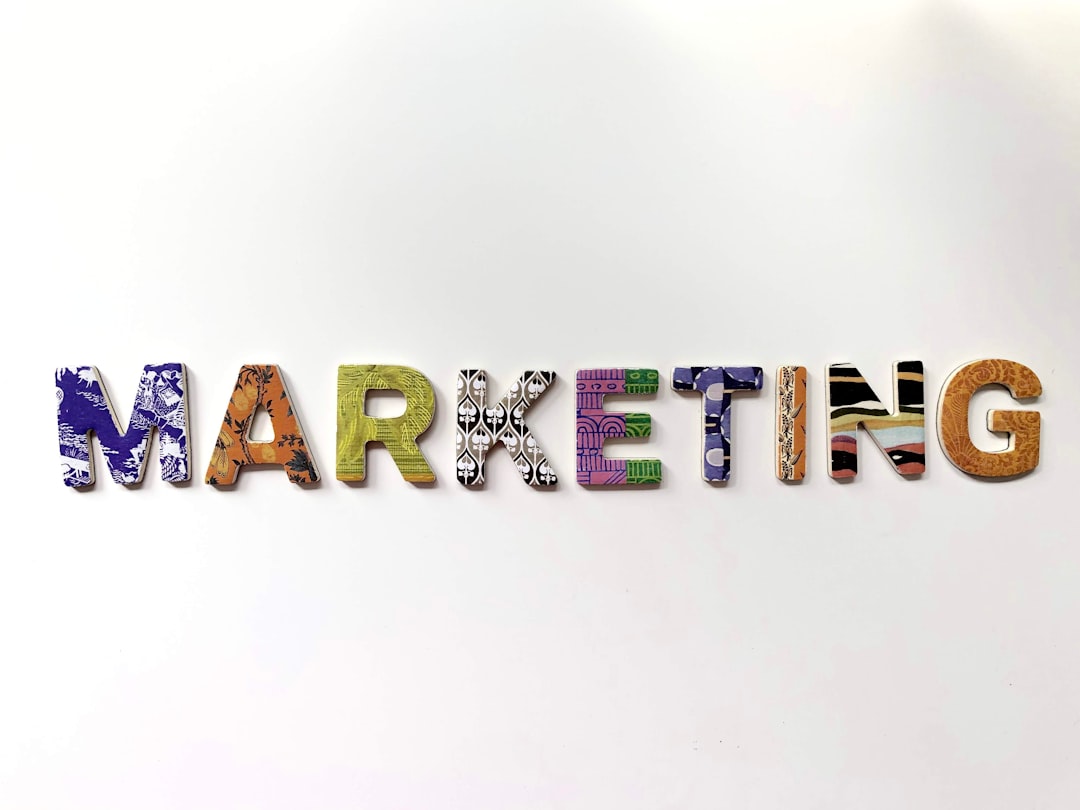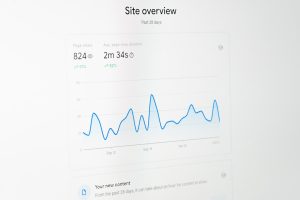
In the ever-evolving world of marketing, connecting with an audience no longer hinges solely on flashy designs or generic advertising. Instead, companies are investing more time and strategy into crafting compelling brand stories that resonate and convert. To build a strong narrative that aligns with customer values and needs, many marketers lean on proven frameworks. Among the most recognized models for brand storytelling are the ABT (And, But, Therefore), StoryBrand, and the 5-Act Structure.
Each of these frameworks offers unique insights and approaches to constructing meaningful brand narratives. Understanding the differences, strengths, and best use cases of each can help marketers create more effective and emotionally engaging messages. Let’s explore how these three storytelling frameworks compare.
1. The ABT Framework: Simplicity Meets Science
The ABT framework, developed by scientist and author Randy Olson, draws from the principles of classical storytelling but distills them into a simple three-part structure: And, But, Therefore.
- And: Establishes the situation or context.
- But: Introduces a problem, conflict, or tension.
- Therefore: Presents a resolution, action, or transformation.
This model is praised for its clarity and conciseness. In marketing, the ABT structure allows brands to quickly grab attention, present a conflict that resonates with the audience, and propose a solution—typically the product or service.
Example:
“Your business is growing AND you’re passionate about reaching more customers, BUT your current website isn’t converting traffic into leads. THEREFORE, it’s time to redesign your site with UX-driven design to boost performance.”

ABT is especially valuable for social media, ad copy, and elevator pitches where brevity is critical. It helps impose narrative logic in otherwise fragmented communication.
2. StoryBrand Framework: Customer-Centric Clarity
Created by Donald Miller, the StoryBrand Framework has become a staple among brands striving for clarity and connection. The model is heavily influenced by Joseph Campbell’s Hero’s Journey, but it adapts that mythic structure to business storytelling. The key insight? The customer is the hero, not the brand.
Here is the basic structure of StoryBrand:
- A character (the customer) wants something
- They encounter a problem
- The brand acts as a guide
- The guide gives them a plan
- Calls them to action
- That leads to success
- And helps them avoid failure
The StoryBrand model shifts the narrative perspective, making the customer the central figure in the journey. The brand supports them as a knowledgeable and empathetic guide. By doing so, it capitalizes on empathy and clear positioning.
Example in use:
A fitness brand might position its message like this: The customer wants to feel confident and energized, but they’ve tried and failed with diets and workouts before. The brand steps in with a clear plan and accountability tools, leading to empowerment and sustained health—avoiding the disappointment of yo-yo dieting.

The StoryBrand framework is particularly effective on websites, landing pages, and core brand messaging documents. It pushes businesses to speak less about themselves and more about how they help resolve their customers’ struggles.
3. The 5-Act Structure: Drama for Depth
Borrowed from classical theatrical storytelling (often attributed to Shakespearean drama), the 5-Act Structure offers a more in-depth and elaborate narrative arc. It includes:
- Exposition – Introduce setting, characters, and background.
- Rising Action – Build tension through conflict or challenges.
- Climax – The most intense, dramatic moment of decision.
- Falling Action – Start resolution, show consequences or choices.
- Denouement – Wrap up the story with a satisfying close or lesson learned.
While the 5-act structure may seem elaborate compared to ABT or StoryBrand, it’s ideal for scenarios where more dynamic storytelling is needed. For example, longer campaigns, brand documentaries, customer case studies, or keynote presentations benefit from this structure’s dramatic pacing.
Example:
A SaaS company releases a mini-series detailing a customer’s journey from start to finish. The campaign shows the customer’s overwhelming workload (Exposition), the mounting chaos from using outdated systems (Rising Action), the critical moment of nearly losing a client (Climax), the decision to switch to the SaaS solution (Falling Action), and the newfound success and peace of mind (Denouement).

In shifting from simple sales tactics to dramatic storytelling, the 5-act structure adds emotional layers and makes room for rich, memorable content. However, it requires more time, creative resources, and storytelling savvy to pull off effectively.
Choosing the Right Framework
Determining which framework to use depends largely on the brand’s goals, the platform, and the depth of the message. Here’s a breakdown:
| Framework | Best for | Complexity | Primary Focus |
|---|---|---|---|
| ABT | Ads, social media, elevator pitches | Low | Concise problem-solution messaging |
| StoryBrand | Webpages, marketing funnels, brand guides | Moderate | Customer transformation and clarity |
| 5-Act | Campaigns, videos, storytelling presentations | High | Emotional depth and dramatic arc |
Rather than viewing these frameworks as competing, savvy marketers often use them together. For instance, a company might use the 5-Act structure to inspire with a brand video, then apply StoryBrand to simplify a website, and deploy ABT for quick ads on social media.
Brand Storytelling in the Modern Era
Modern consumers crave connection and authenticity. Whether scrolling feeds or making purchasing decisions, they connect with brands that reflect their challenges and aspirations. Storytelling, done well, is a powerful emotional bridge between brand and consumer. By rooting a narrative in proven frameworks like ABT, StoryBrand, and the 5-Act structure, companies can evoke trust, relatability, and long-term loyalty.
In a digital environment oversaturated with content, a structured story can become a brand’s most powerful differentiator. The right framework not only clarifies the message but also enhances the emotional impact, ensuring the brand isn’t just seen—but also remembered.
Frequently Asked Questions (FAQ)
What is the main difference between ABT and StoryBrand?
ABT focuses on a concise, three-part narrative logic ideal for brief messaging. StoryBrand is more comprehensive, placing the customer as the story’s hero and the brand as a guide offering a clear path to transformation.
Can I use more than one storytelling framework?
Absolutely. Many successful marketing strategies integrate multiple frameworks. For instance, ABT for ads, StoryBrand for website messaging, and 5-Act for brand campaigns or long-form videos.
Which framework works best for small businesses?
StoryBrand is particularly effective for small and medium-sized businesses because it offers structured guidance for creating clear, customer-focused messaging across marketing channels.
Is the 5-Act structure too complicated for marketing?
Not necessarily. While it requires more planning and resources, the 5-Act structure can offer deeper engagement, especially for storytelling in videos, keynote presentations, or brand experiences.
Which framework should I use for an email campaign?
ABT is great for short, punchy emails. StoryBrand works well for longer sequence-based campaigns where you walk the customer through a journey. The choice






